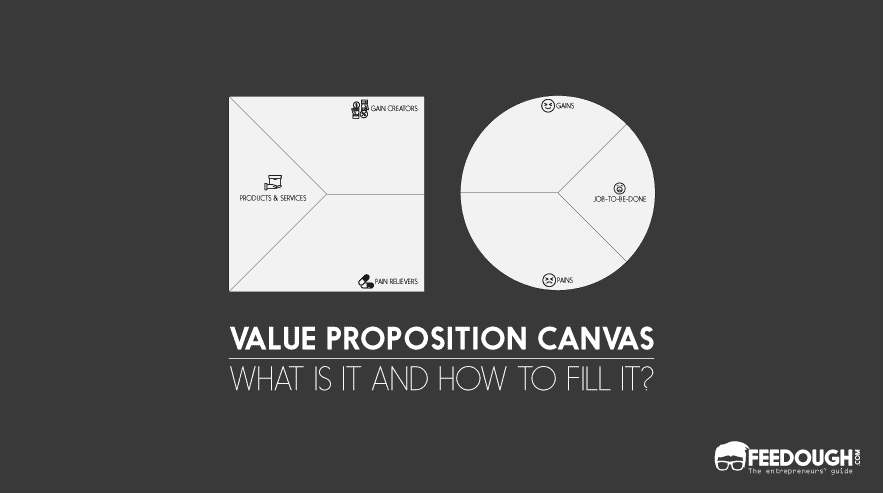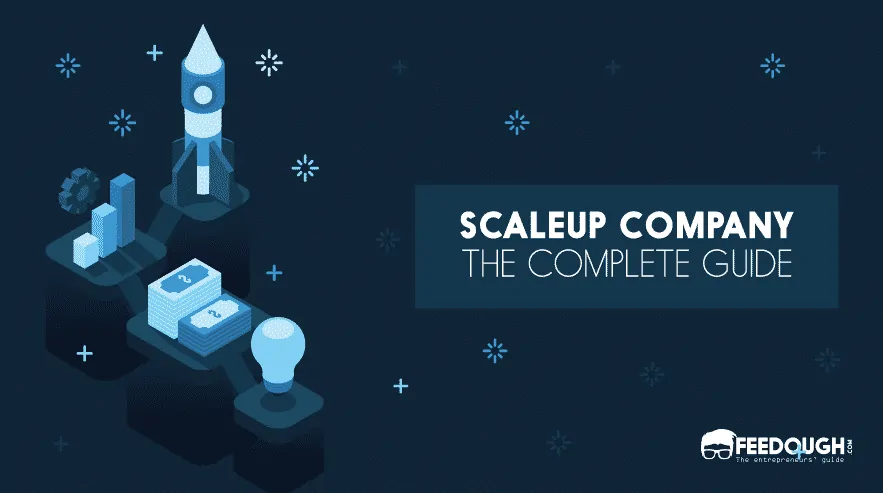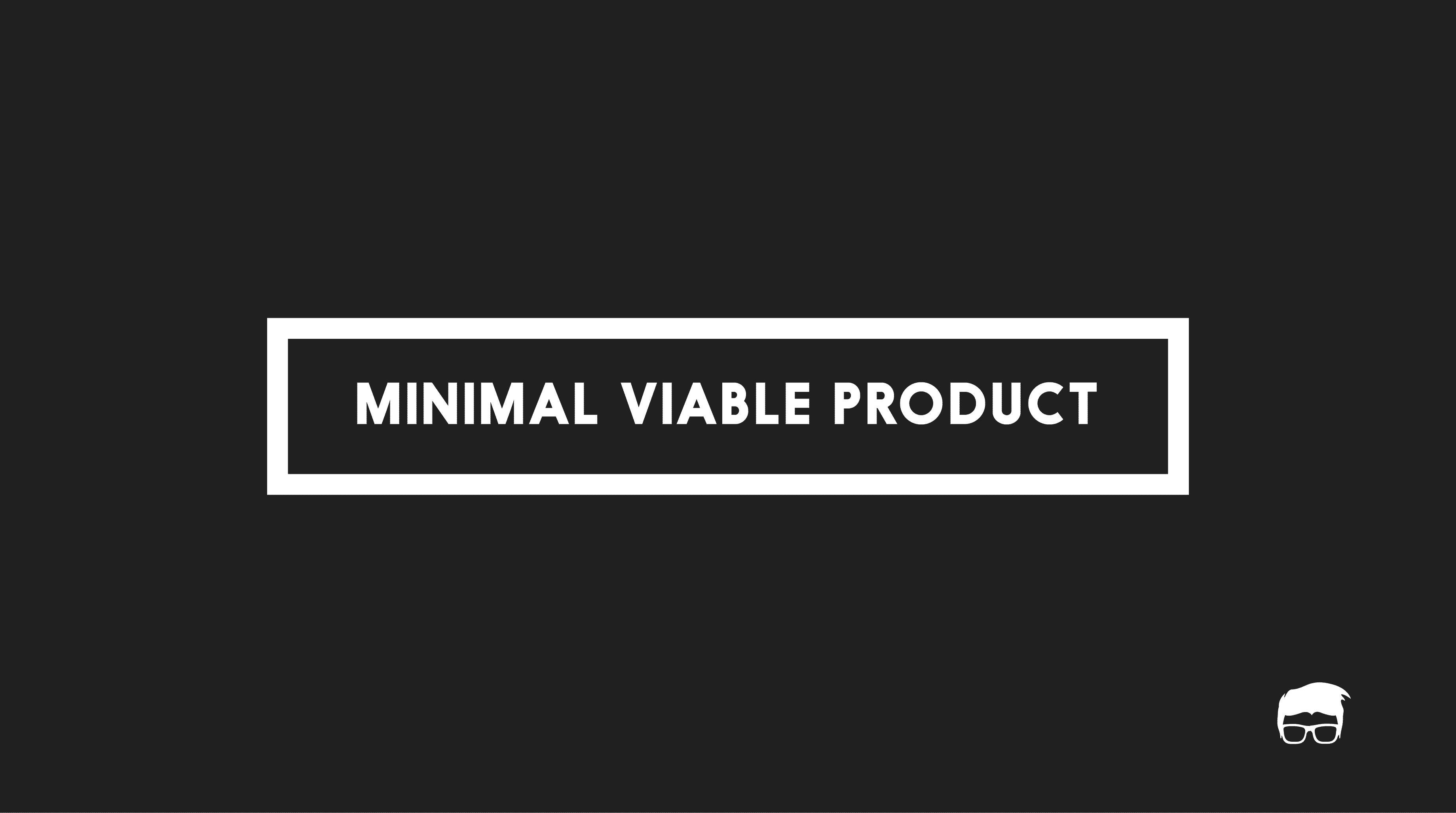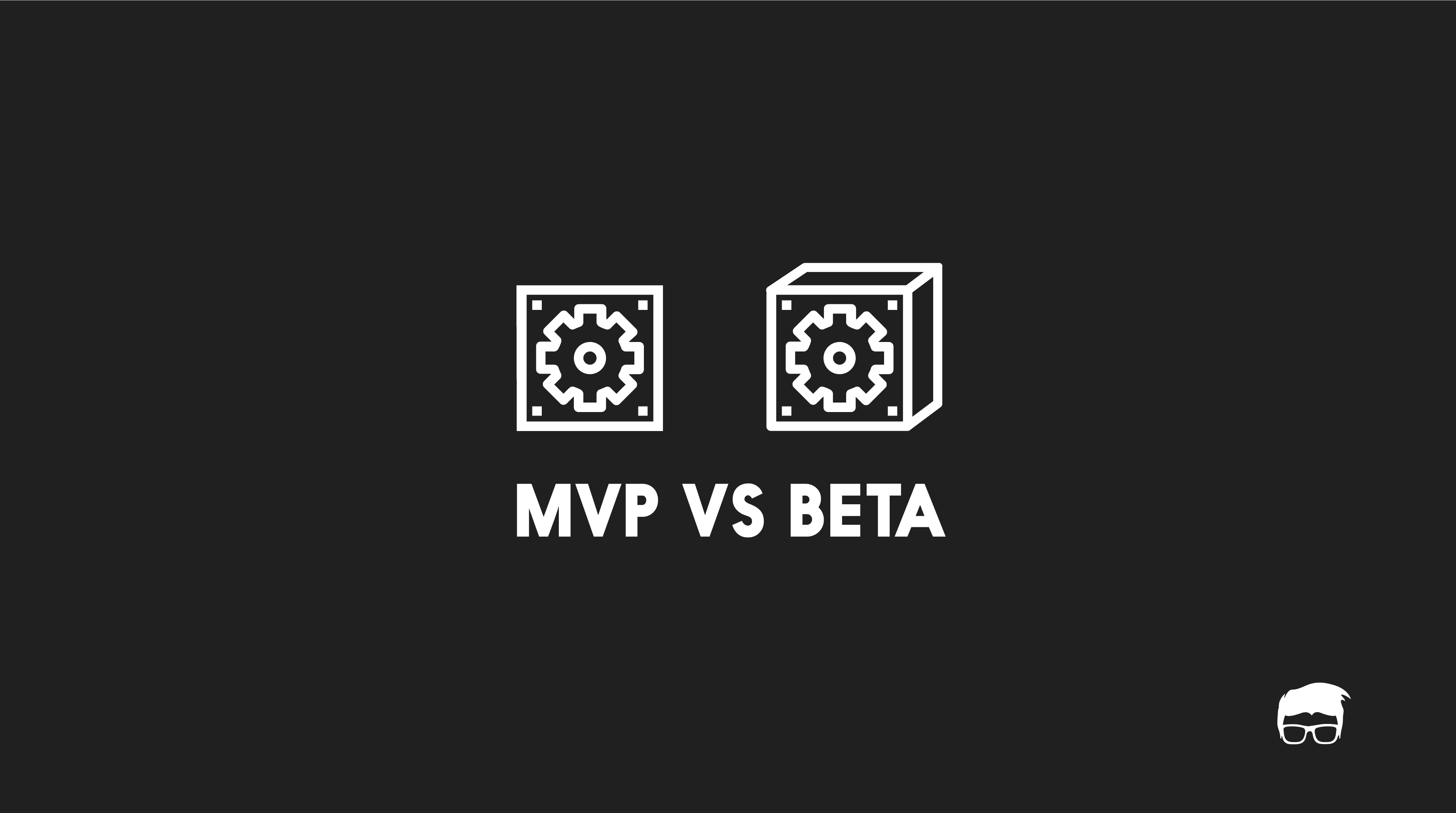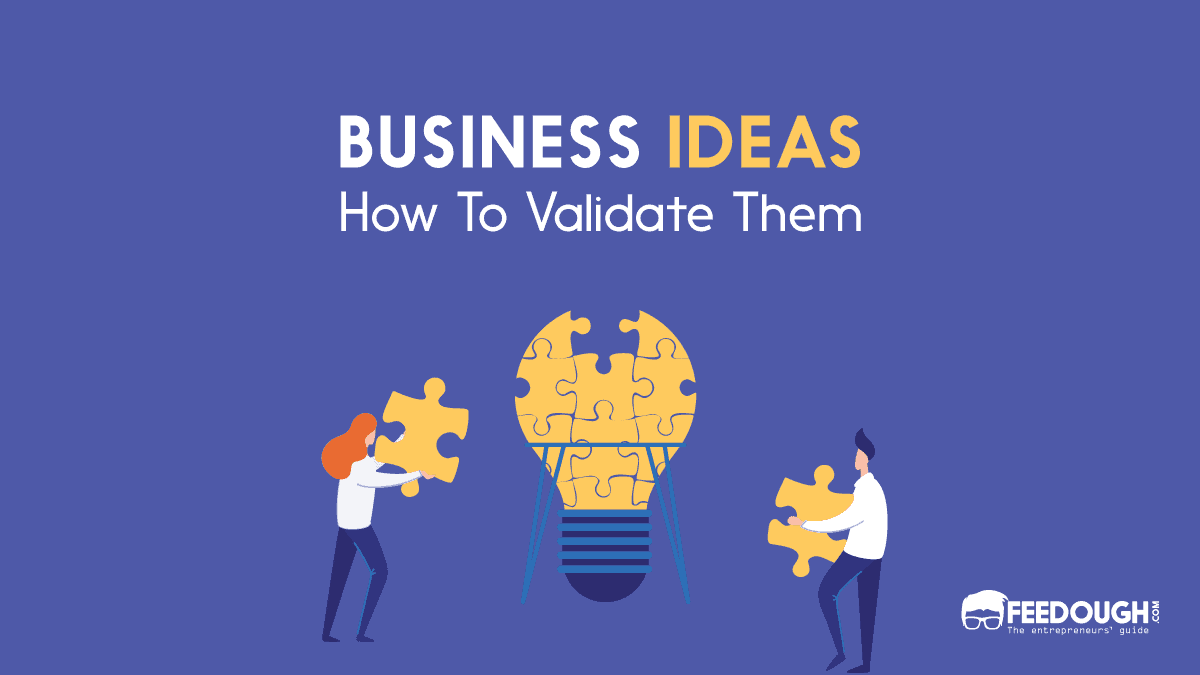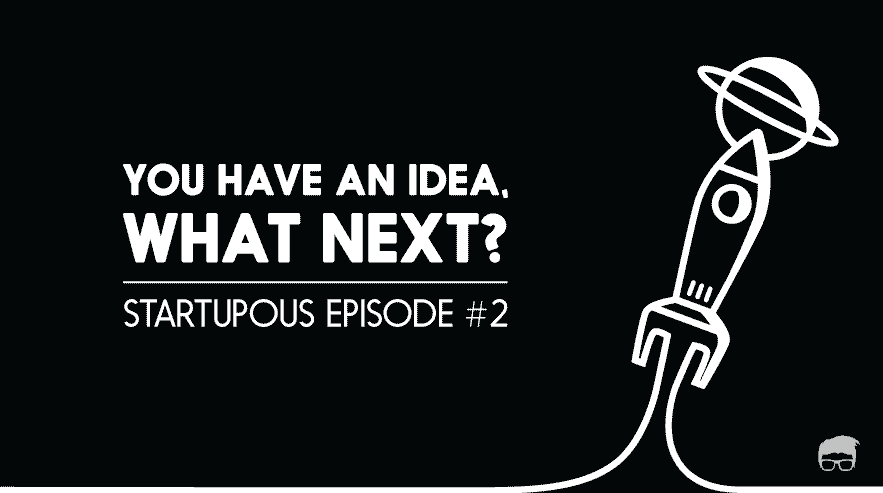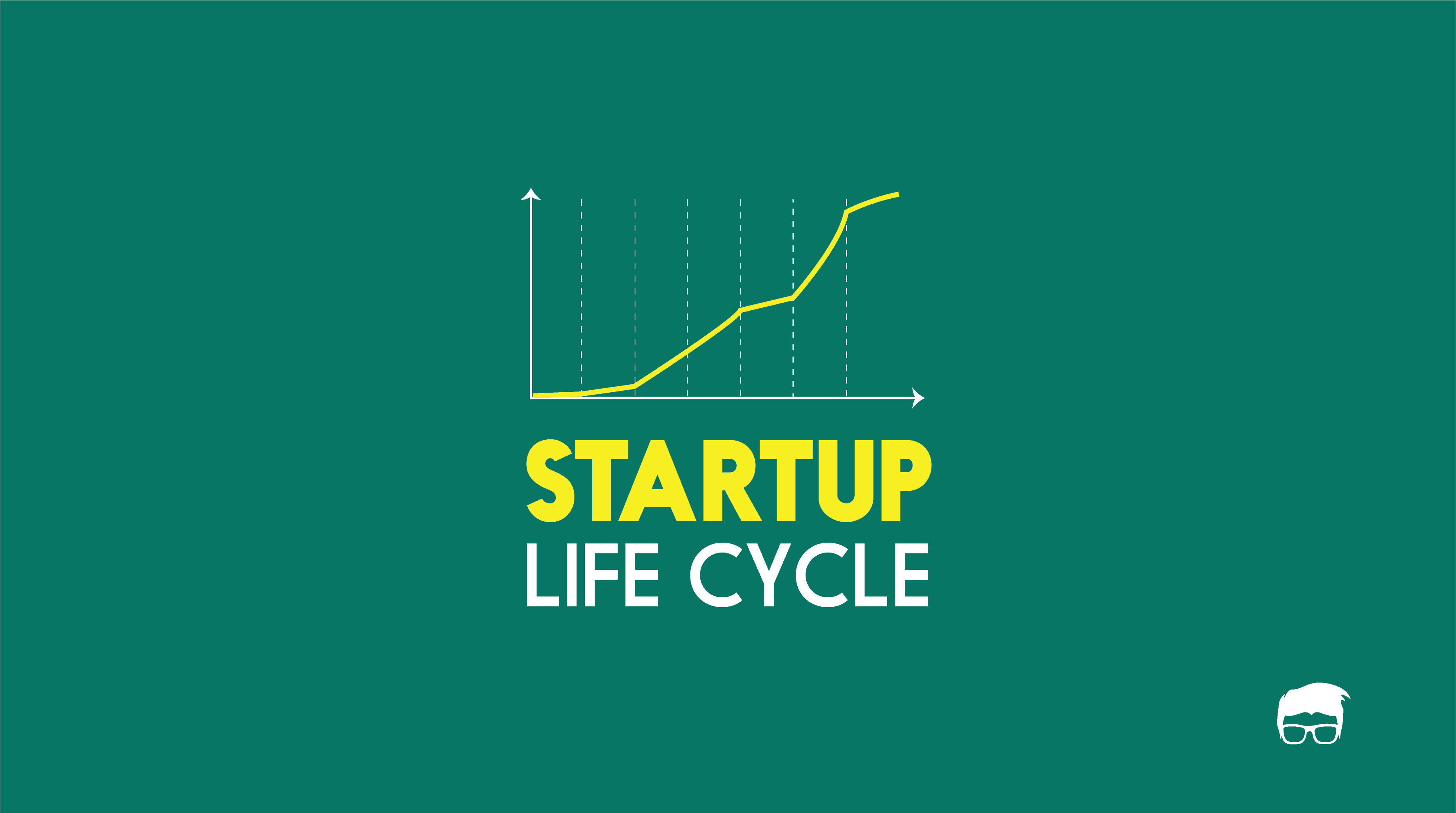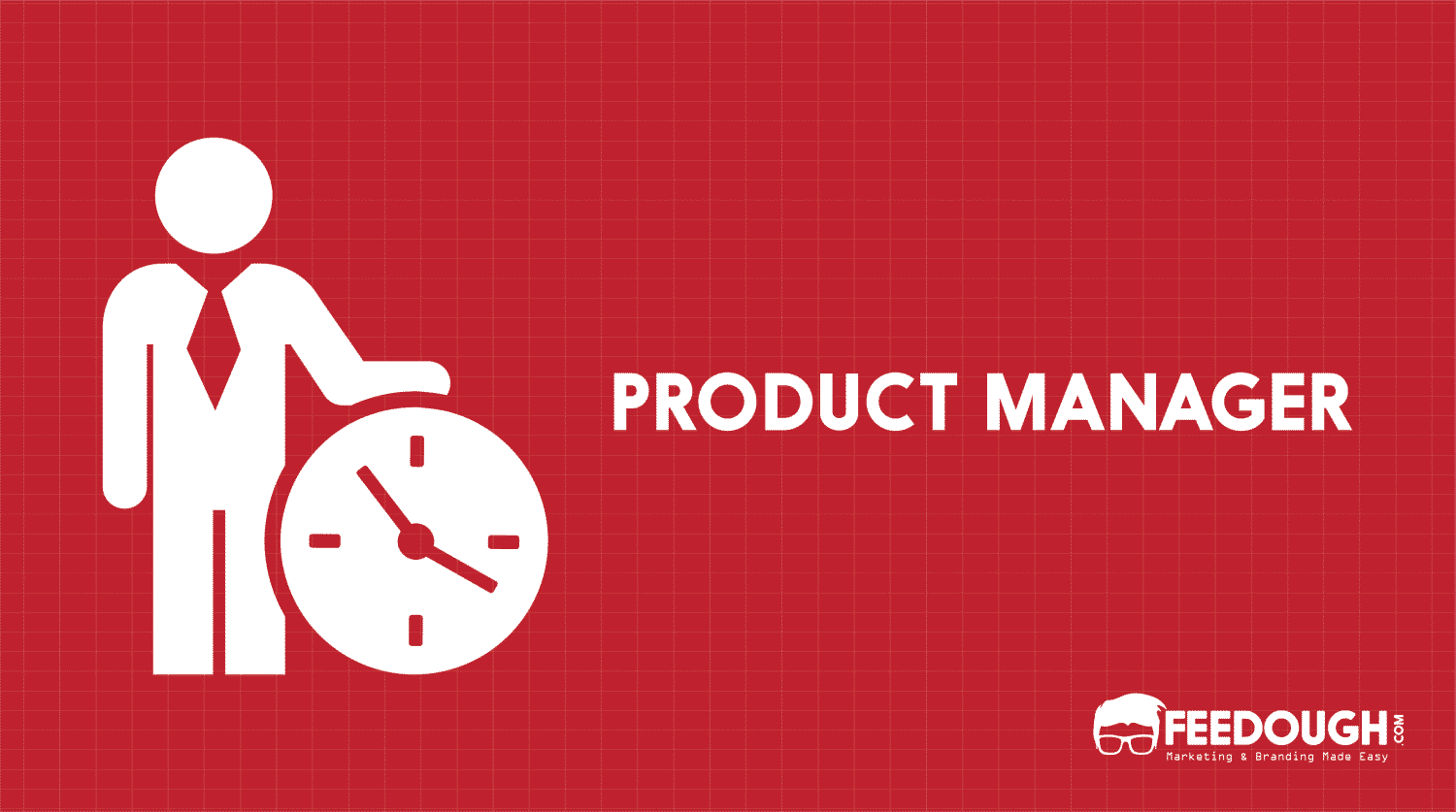You had an idea for a startup which you really believed would disrupt the market. So, you gathered a team, succeeded in getting investors on board, and launched a full-fledged company just like any other entrepreneur would have.
The start proved out to be slow but you expected the sales to rise with time.
…which never did.
Your product was truly innovative and had all the features which would have made the customers’ life easier. But it never really took off.
Why, you ask?
Because your product was never needed in the market and you never validated that assumption.
7 out of 10 new products meet the same fate.
No, the teams behind these products aren’t incapable, the products aren’t bad either. It’s just that the customers don’t need these products either because they don’t gain much by using them or these products don’t really relieve their pains in doing the jobs.
Now, this failure would have been easily aborted if the makers went out to the market, surveyed, and used the answers to fill their value proposition canvas.
What is Value Proposition Canvas?
Value proposition canvas is a tool which helps to align the value proposition of the offering with what the customer values and needs, in order to make it a better fit for the market.
Originally developed by Dr Alexander Osterwalder, this tool acts as a framework to ensure that the offering is actually desired by the market and is capable of satisfying the customers’ needs. This reduces the chances of the product failing in the market to a large extent.
The value proposition canvas can be used both for refining an existing offering or launching an entirely new product in the market. Whatever the case be, it is an essential tool to visualize, design, and test how you create value for customers.
Value Proposition Canvas Elements
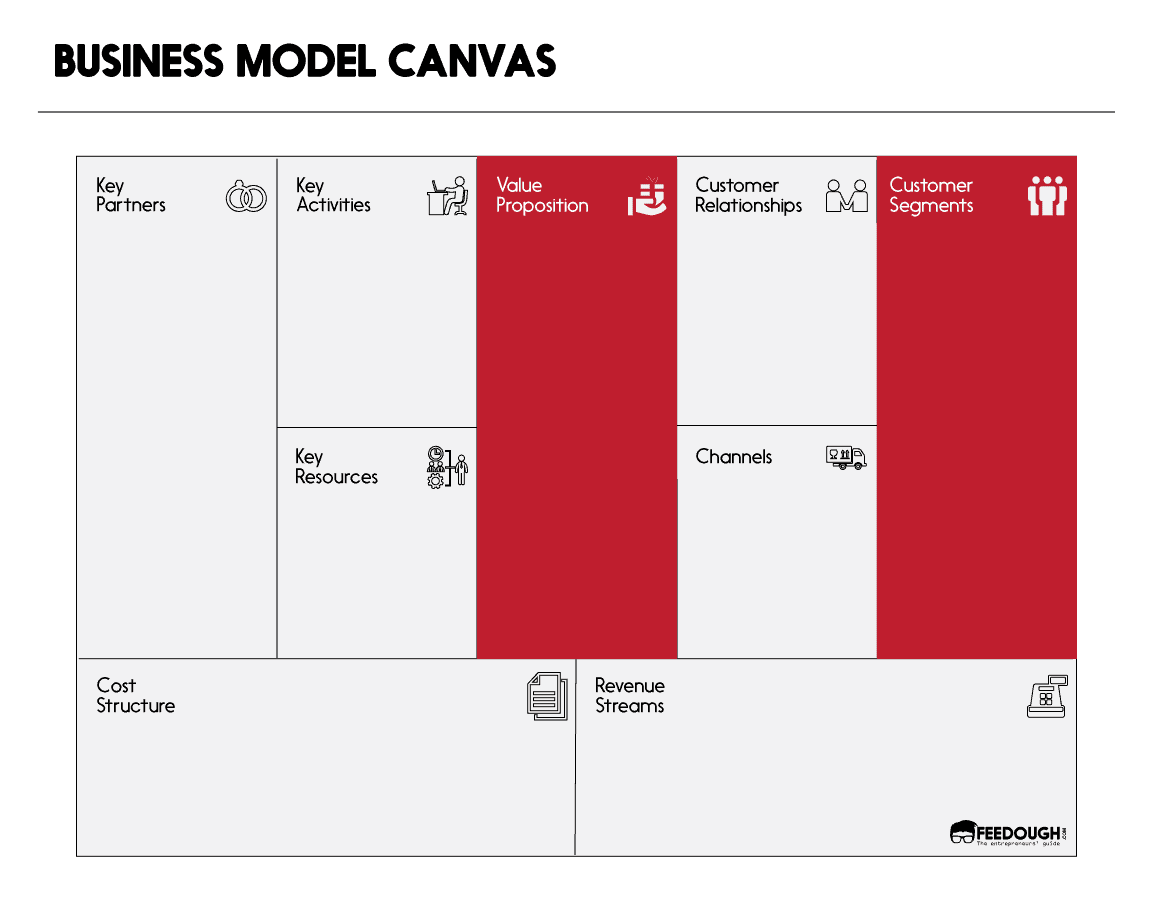
The value proposition canvas is an extension of the business model canvas with a focus on customer profile and value map. It requires you to observe what the customer actually wants and then design a value proposition which will sell.
It includes two elements – customer profile to observe the target market, and value map to design the value proposition of the offering.
Customer Profile
The customer profile section includes important details about the needs, wants, pains, and gains of the target market. It is further divided into three parts –
- Customer Jobs: Jobs describes the important issues your customers are trying to solve in their lives. These could be usual tasks they are trying to complete, problems they are trying to solve, or needs they are trying to satisfy. These jobs are further classified as functional (practical jobs like getting from A to B), social (jobs that are driven by social duties like working with others), and emotional (that are related to feelings) jobs. An example, for instance, could be – a father drives a child to school daily before heading towards his office.
- Pains: Pains are internal and external factors which pose difficulties in the path of customers getting the job done. Pains include barriers as well as negative outcomes which the customers hope to avoid like risks, obstacles or dissatisfaction from the outcome. An important factor that needs to be considered is whether the specified pain is severe or light. Pains in the above-mentioned example could be a traffic jam, an early meeting, undesired costs, or even the extra two miles the dad has to travel.
- Gains: This section includes the benefits and gains in the form of positive outcomes and satisfaction that the customers require, expect, desire, or will be surprised by, and which will increase the likelihood of adopting a value proposition. An important aspect to be kept in mind is that some gains have more value and are more preferred by the customers over others. Gains for the dad in the above example could include building a good relationship with the daughter, safety, and affection.
Value Map
- Product and services: It includes the list of products and services you offer to the customers to help them get their functional, social, or emotional job done. It forms the base to addressing their pains and gains.
- Pain relievers: Pain relievers answer the question of how your products and services will alleviate the customers pains before, during, and/or after the job is done. Pain relievers are specific to the pains mentioned in the customer profiles and usually, different pain relievers are assigned to address different pains. A pain reliever for the above-mentioned example could be a branded cab provider which takes the children to school and provides live footage of what’s happening within the cab to the parents. It could also have a video chat option to let the children talk to their parents during the ride.
- Gain creators: These explicitly specify how your product or services create customer gains. They show which of the mentioned customer gains does your value proposition addresses. The children school cab addresses both the safety and affection aspects mentioned in the gains segment.
How To Fill In A Value Proposition Canvas
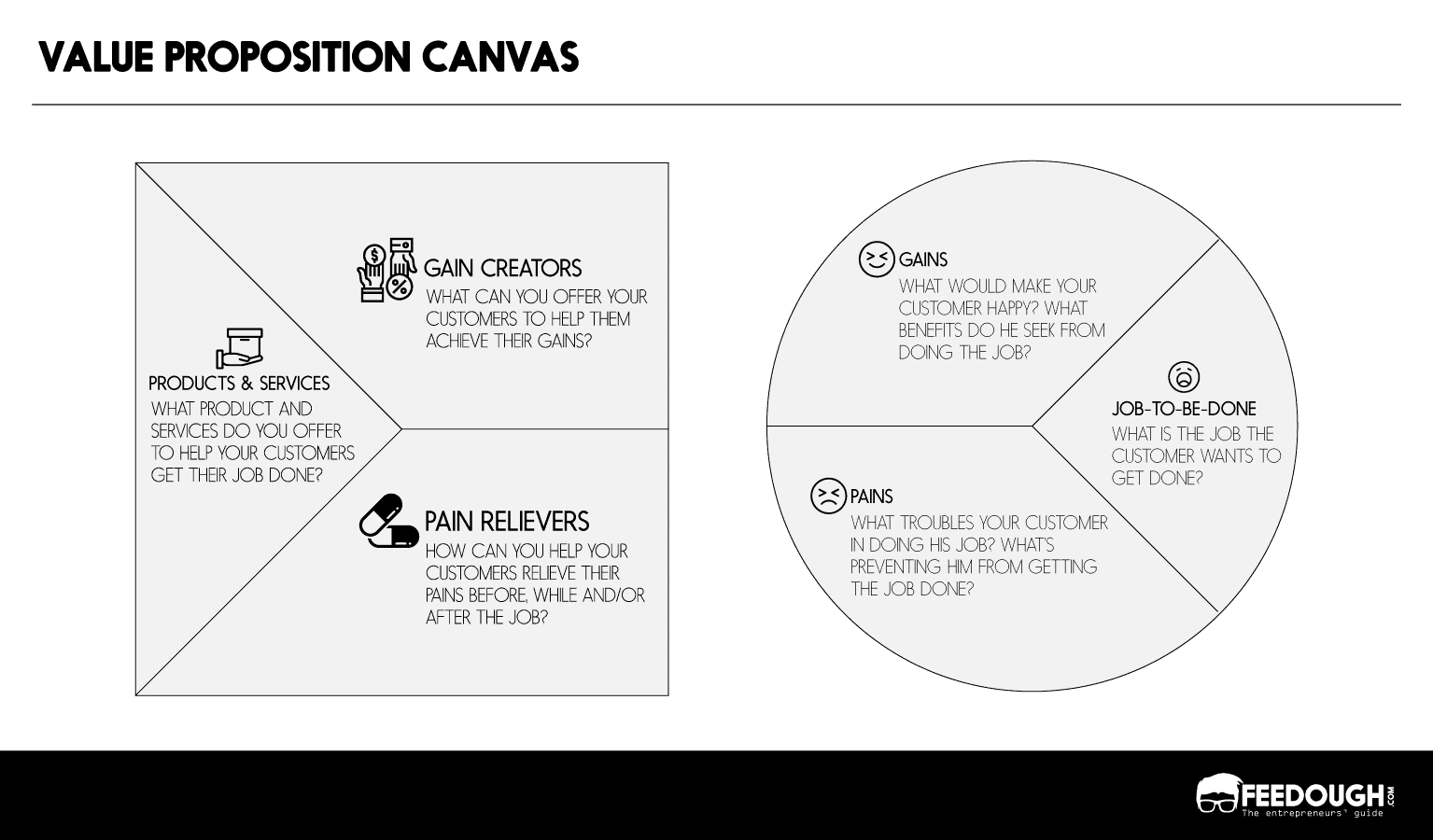
While understanding the value proposition canvas is easy, actually working on it requires much effort. If you don’t count yourself as your own customer, the process becomes even harder. You might need to step out of your comfort zone into the actual market and ask many questions from as many customers belonging to your target market as you can.
Once you’re ready with your answers, follow this process –
Download The Value Proposition Canvas Template
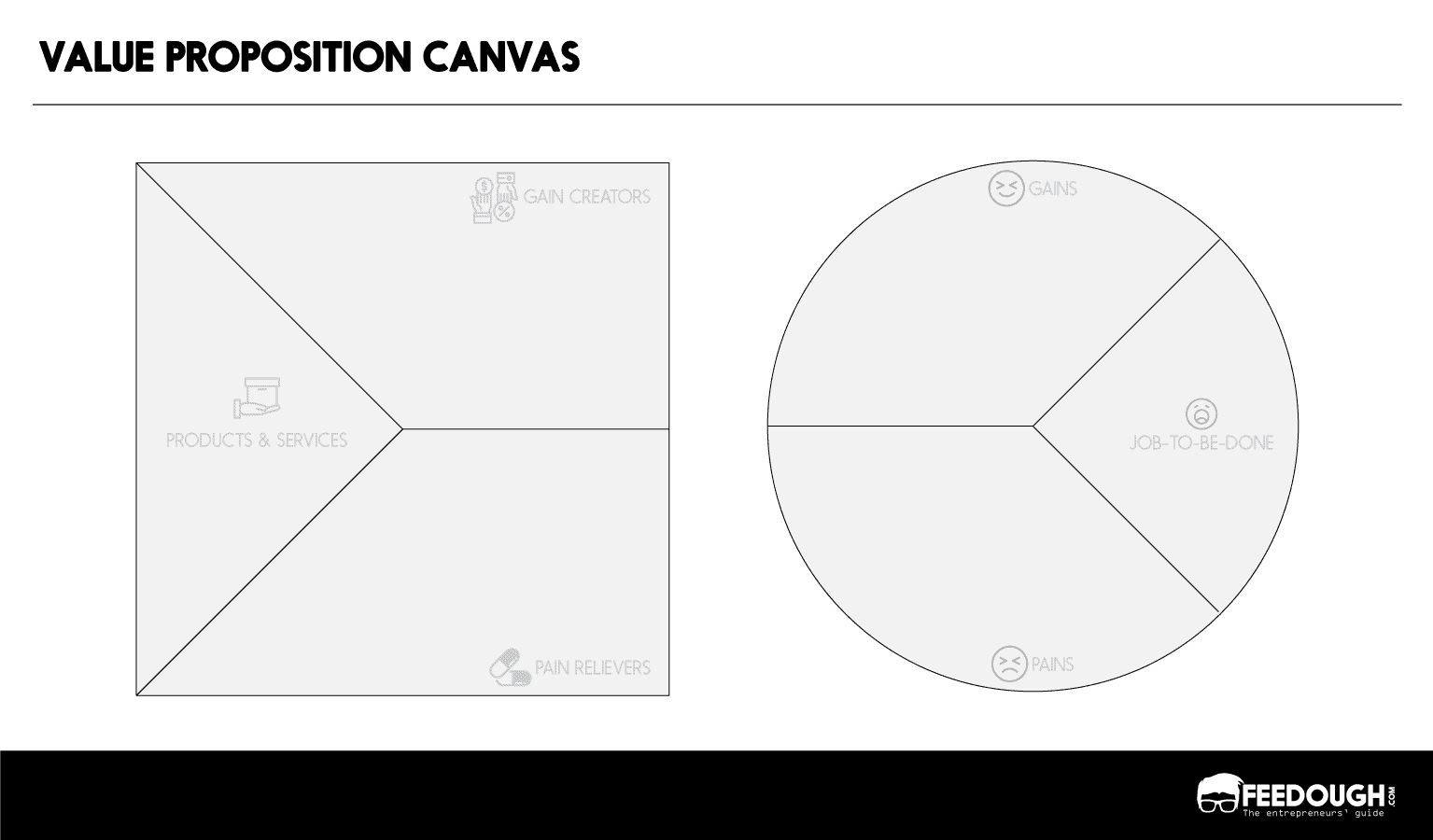
You can either download this value proposition canvas template (right-click on the image and click on ‘save image as’ or download the PDF by clicking here) or draw it yourself on a big sheet of paper.
Once done, be ready with markers and sticky notes and include all the team members who you think should be part of this process.
Fill The Customer Canvas First
You should never fill both sides of the canvas simultaneously.
Divide the canvas into two halves and put aside the value map for the time being. This helps to focus on the actual problems you need to solve.
Now, there could be a chance that you might have different customer segments that you serve. A rule of thumb here would be to use your research and build a customer persona of your perfect customer who has the characteristics of most of your segments.
Start with the customer jobs and mention all the functional, emotional, and social jobs your customers do on a daily basis. Also include how they do that job, how they feel, and what social qualities come into play. And don’t forget to rate them according to their importance.
Ask a lot of whys, whats, and hows. They’ll lead you to uncover all the pains and gains behind the job.
Then Comes The Offering
Once the right side of the canvas is completed, it’s time to move to the left side.
The customer profile has already provided you with many problems to solve, now all you need to do is to rate the problems according to the severity and find exact solutions for all or most of them.
Start with defining your product offered and go on to answer all the whats, whys, and hows, here.
Focus On The Problem-Solution Fit
A problem-solution fit is achieved when the value proposition map matches perfectly with the characteristics of the customer segment profile. Your value proposition canvas workshop is considered finished only when you reach the problem-solution fit. If you fail to reach this stage, maybe you need to do some work on your product.
Aim For The Product-Market Fit
Once you reach the problem-solution fit, you can release an MVP or beta version of your product to let the market validate it.
When the market validates that the characteristics of the customer segment profile are perfectly addressed by the value proposition map, the offering is said to have achieved a product-market fit.
Value Proposition Canvas Examples
Here are two examples of how you can go forward filling your value proposition canvas.
Discount Dolly
Dolly is a middle-aged work-from-home mother. She usually shops online and has an eye for quality. However, she only shops whenever she sees an attractive offer on the brands she is loyal for. She often buys a lot whenever she shops. However, she has to wait a lot and sometimes, she doesn’t have much money to buy all the stuff she wants during a sale.
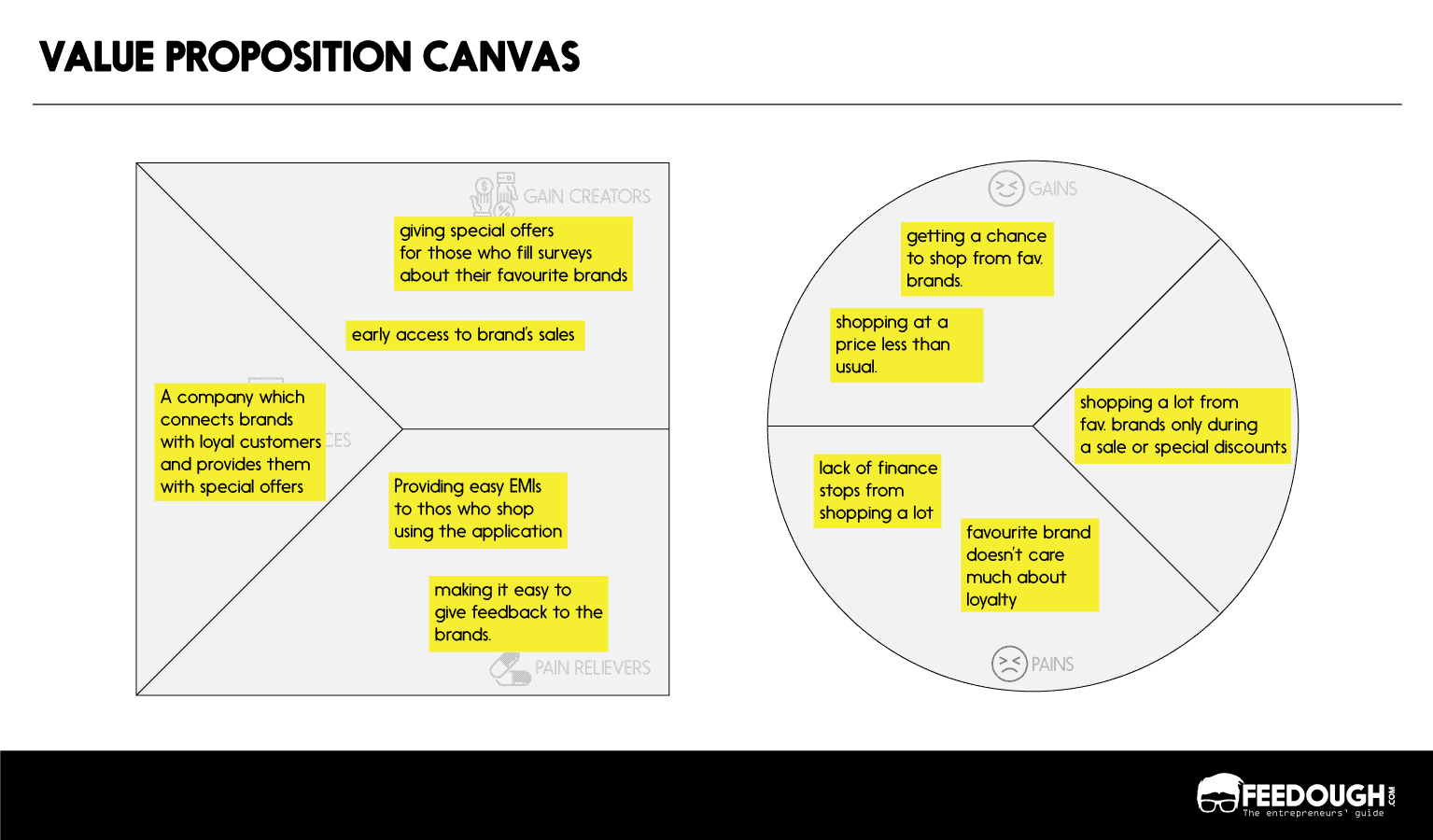
Now, people like Dolly form a perfect customer segment for a company connecting loyal customers with the brands. This company makes these customers fill out surveys and give them exclusive access to deals and sales. It can also provide certain benefits like easy EMIs considering the needs of these loyal customers.
Unhealthy Harvey
Harvey is in his twenties and has recently got his job. He doesn’t earn much and can’t spend on a gym or other healthy habits. Since he has recently started living on his own, he doesn’t know how to cook and usually eats fast food as it’s cheap and doesn’t take a lot of time to get served.
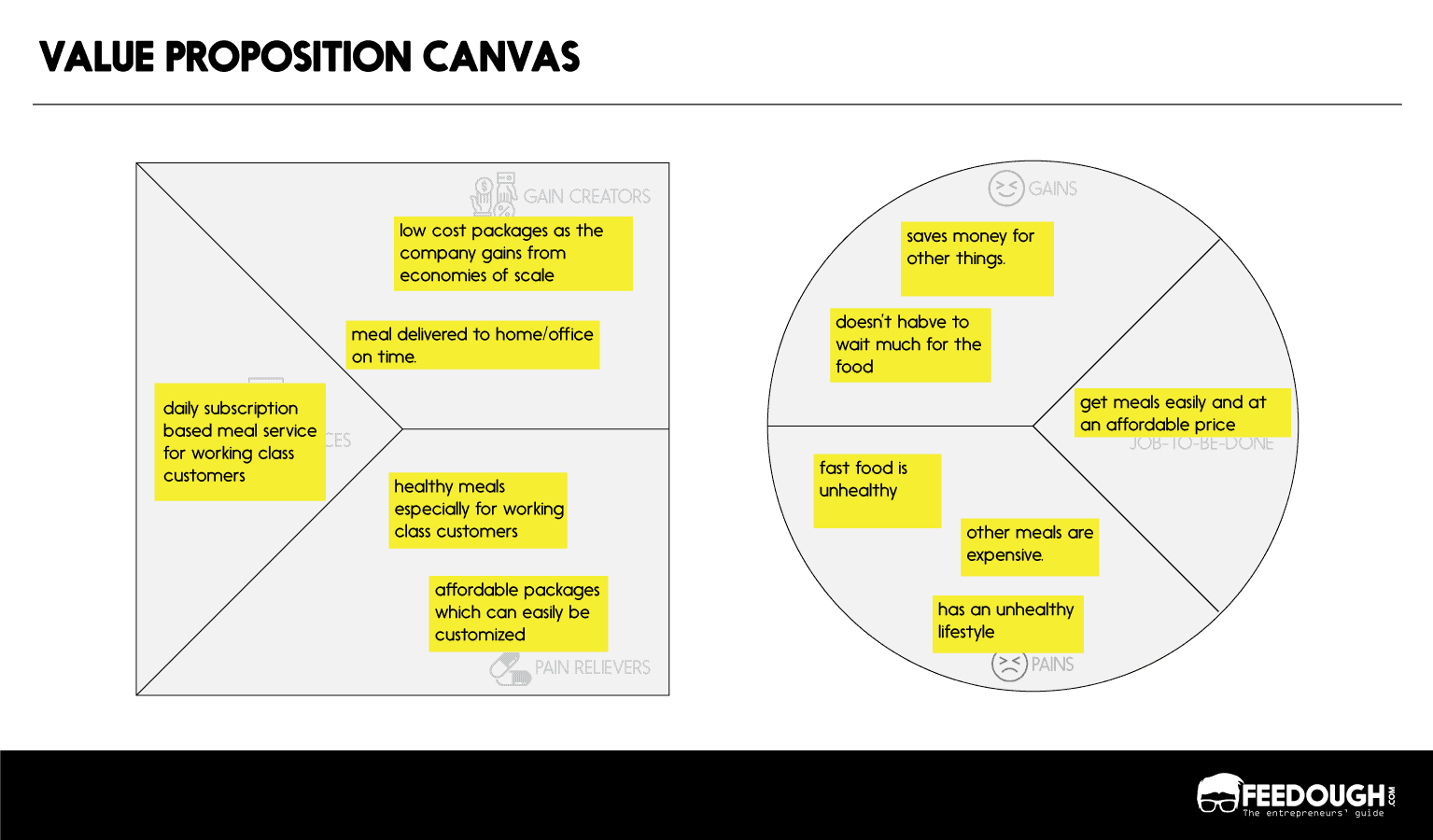
Now, a low-cost daily meal subscription service would do wonders for this segment. They can build their value proposition around these pains and gains and succeed in achieving a product-market fit in no time.
Bottom-Line?
Before you start converting your conceptional business model to actual business, make sure you fill your value proposition canvas just to be sure you have a problem-solution fit. This will make you sure that the product you’re going to launch is actually required in the market. Besides this, we suggest you release an MVP or beta version first just to get more validation from the market.
Go On, Tell Us What You Think!
Did we miss something? Come on! Tell us what you think about our article on value proposition canvas in the comments section.
A startup consultant, digital marketer, traveller, and philomath. Aashish has worked with over 20 startups and successfully helped them ideate, raise money, and succeed. When not working, he can be found hiking, camping, and stargazing.
